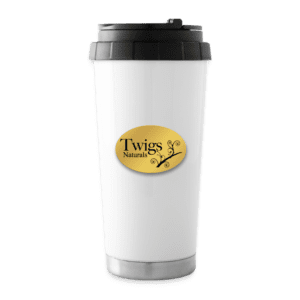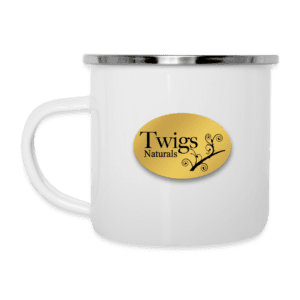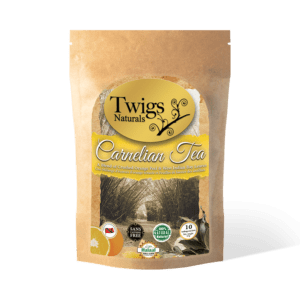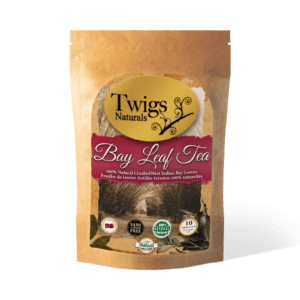Article
West Indian Bay Leaf is better
West Indian bay leaf, also known as Pimenta racemosa or allspice, is a tropical plant native to the Caribbean and Central and South America. The leaves of this plant have a sweet, pungent aroma and are often used in cooking to add flavor to dishes. They are similar in appearance to bay leaves, but have a much stronger and more complex flavor.
West Indian bay leaves are often considered to be more flavorful than traditional bay leaves, which come from the Laurus nobilis tree and have a more subtle, slightly bitter flavor. Some people find the flavor of West Indian bay leaves to be more aromatic and suited to certain types of dishes, such as stews, soups, and marinades.
It’s worth noting that while West Indian bay leaves and traditional bay leaves are often used in similar ways in cooking, they are not always interchangeable. West Indian bay leaves tend to be more potent, so you may need to use fewer of them in a recipe. It’s also important to note that the flavor of West Indian bay leaves can become overpowering if they are used in large quantities or cooked for too long. As with any ingredient, it’s important to use them in moderation and to taste your dish as you go to ensure that the flavor is balanced.
West Indian bay leaf tea has a complex, slightly sweet and pungent flavor that is similar to the flavor of the leaves themselves. The taste of West Indian bay leaf tea can vary depending on how it is prepared and the specific type of leaves used. Some people find the flavor to be strong and bold, while others find it to be more subtle and aromatic.
To make West Indian bay leaf tea, you can either steep the leaves in hot water for a few minutes or simmer them in water for a longer period of time. You can also blend the leaves with other herbs or spices, such as cinnamon or ginger, to create a more complex flavor profile. Some people like to sweeten West Indian bay leaf tea with honey or sugar to balance out the slightly bitter taste of the leaves.
Overall, the taste of West Indian bay leaf tea is a matter of personal preference and may take some getting used to for those who are unfamiliar with it. If you are interested in trying West Indian bay leaf tea, you may want to start with a small amount and adjust the flavor to your liking by adding sweeteners or other herbs or spices.
It’s generally safe to drink West Indian bay leaf tea in moderation as part of a healthy diet. However, it’s important to note that the potential health benefits and side effects of West Indian bay leaf tea have not been extensively studied, so it’s not clear how much is safe to consume on a daily basis.
Like any dietary supplement, it’s always a good idea to speak with a healthcare provider before adding West Indian bay leaf tea to your routine, especially if you have any existing health conditions or are taking any medications. Your healthcare provider can help you determine the appropriate dosage and frequency of consumption based on your individual needs and health status.
-
Discover Teas Made from Caribbean-Grown Ingredients
Carnelian Tea
Rated 0 out of 5$ 3.00 – $ 9.00- TTD: $ 21.00 - $ 63.00
-
Discover Teas Made from Caribbean-Grown Ingredients
Bay Leaf Tea
Rated 0 out of 5$ 3.00 – $ 9.00- TTD: $ 21.00 - $ 63.00




